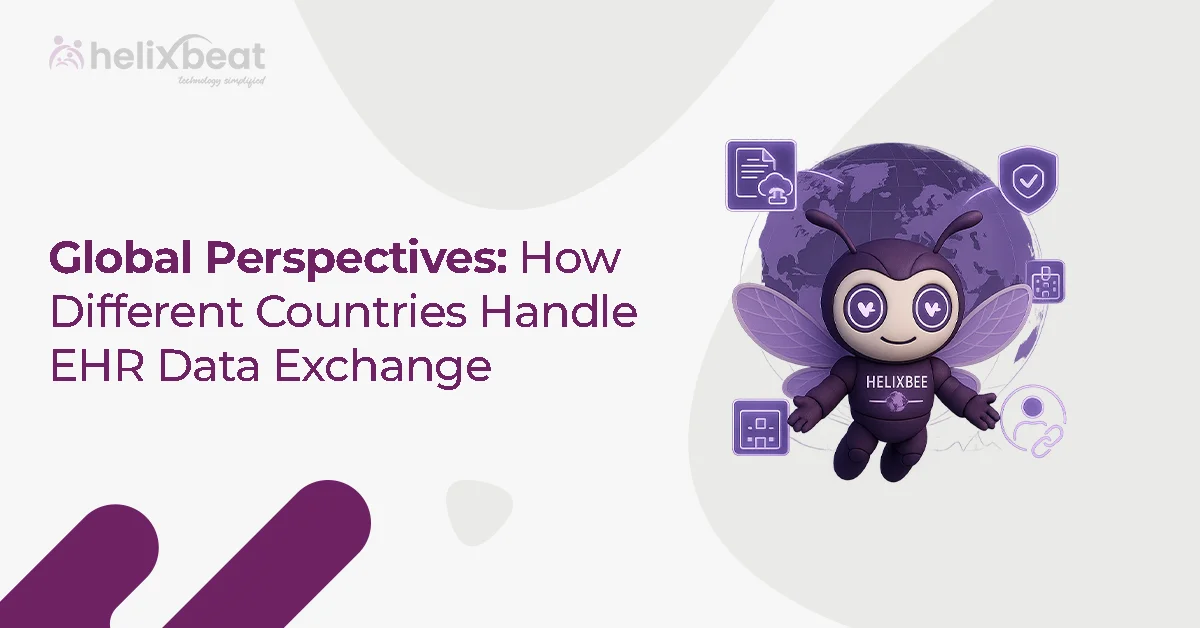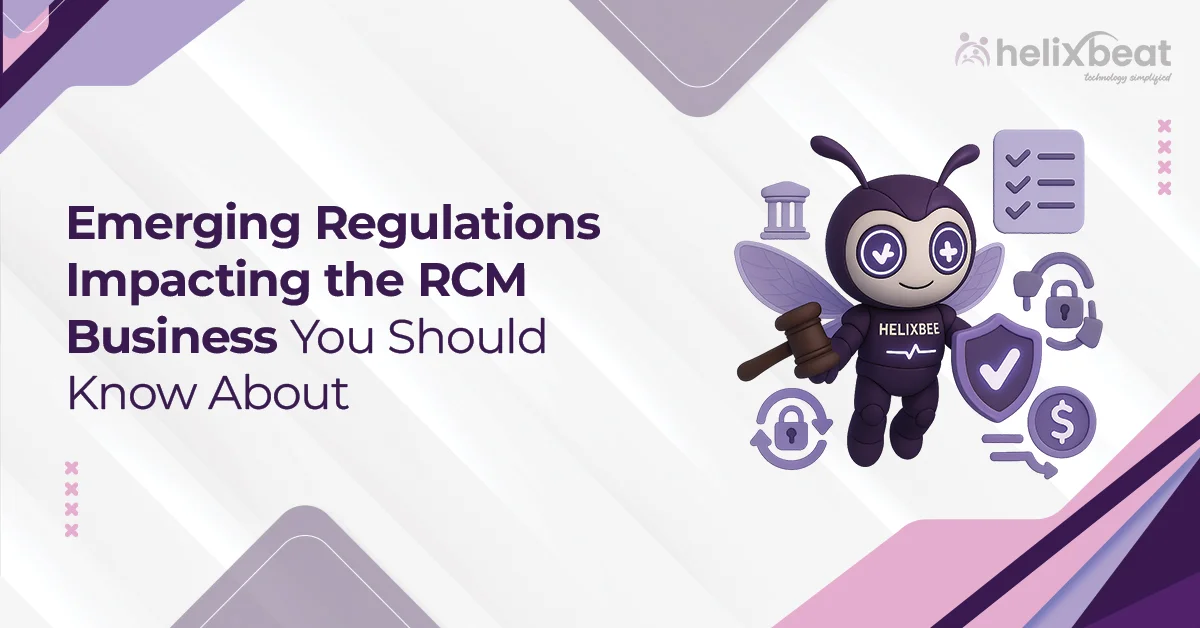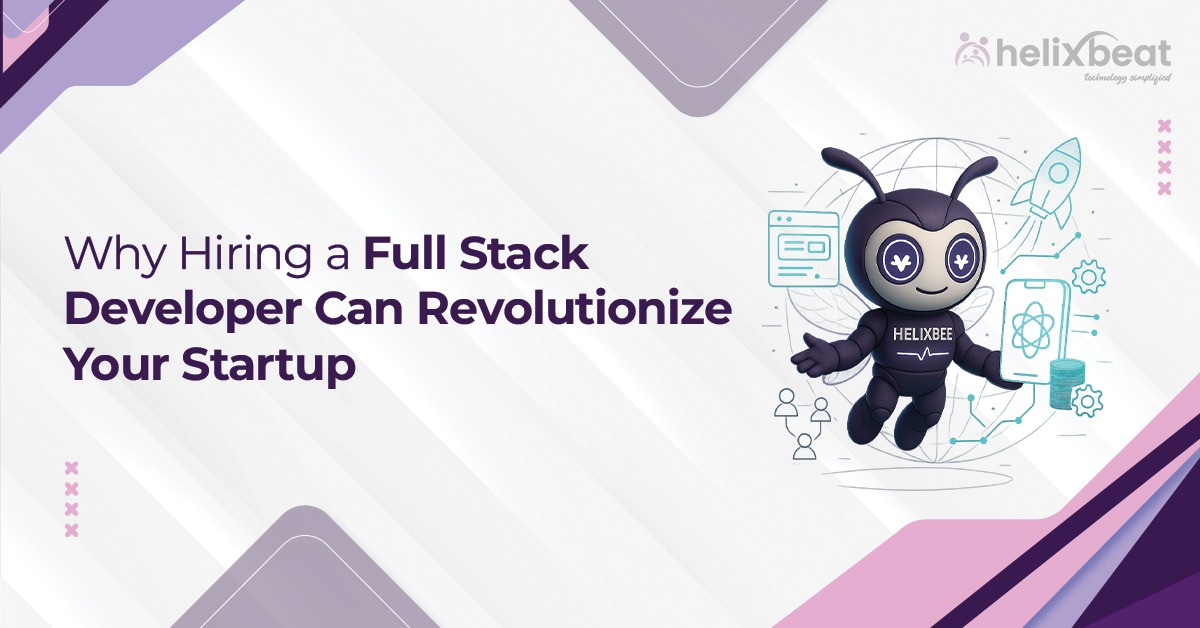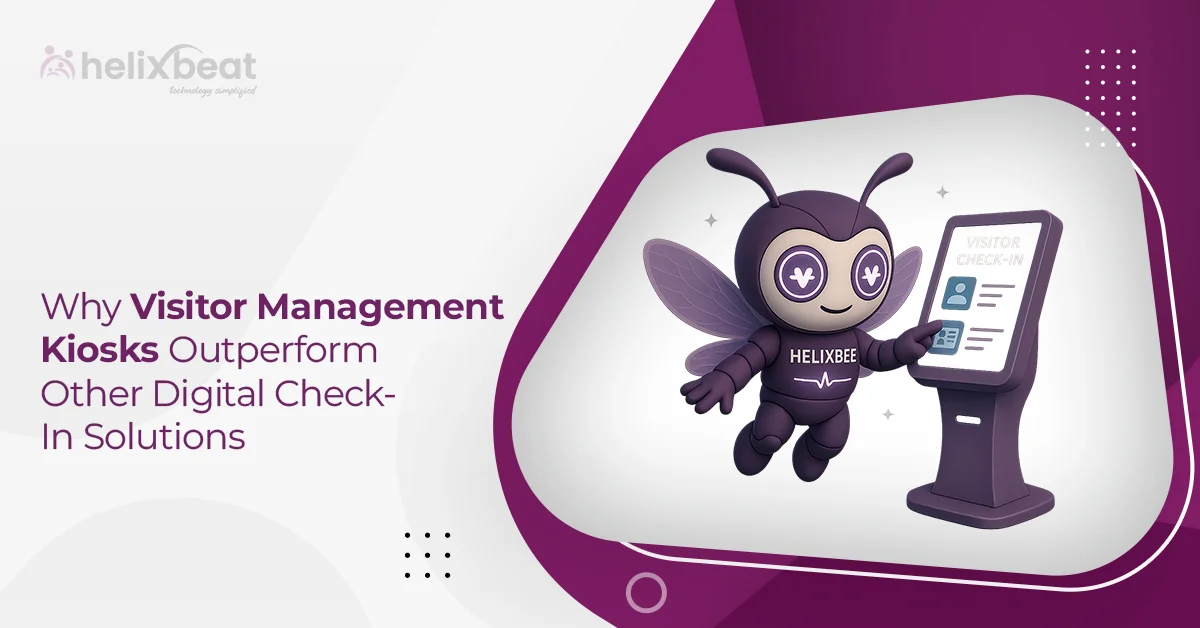In healthcare, the ability to access accurate, up-to-the-minute information can make all the difference between a positive outcome and a preventable error. Real-time data integration enables medical professionals to respond instantly to a patient’s condition. This transformation is not just about the convenience of technology but about real, tangible impacts on patient care.
But how does real-time data in healthcare work, and what makes it so transformative? Let’s dive in.
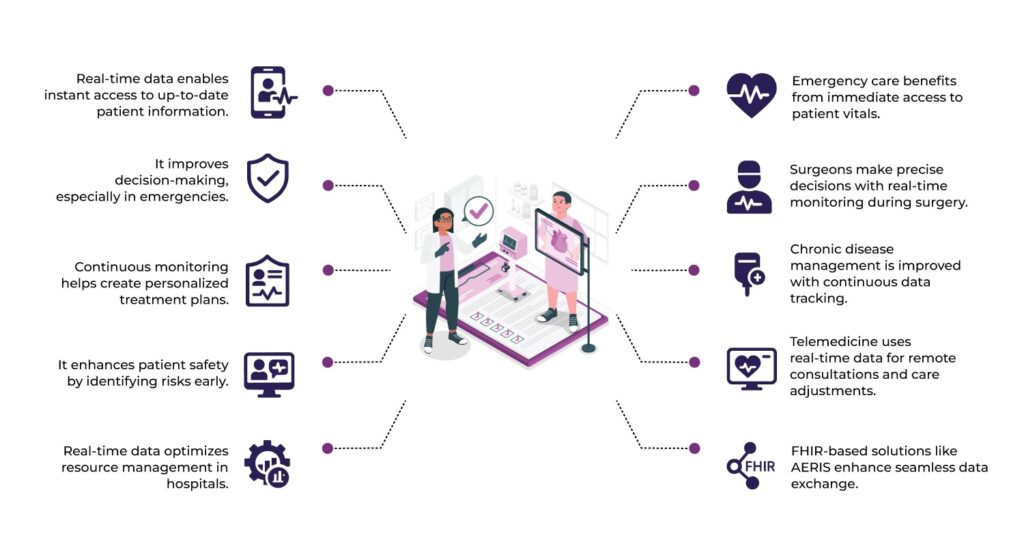
Table of Contents
What is Real-Time Data in Healthcare?
In simple terms, real-time data in healthcare refers to the continuous flow of up-to-date information that healthcare professionals can access instantly. This data might include patient vital signs, lab results, medication updates, or even operational aspects like bed availability or staffing levels.
In the past, medical decisions were often based on static records or outdated information. Now, technology enables healthcare providers to access the latest data instantly, sometimes even as events unfold in real-time.
Real-time data is made possible through various tools and technologies, such as Electronic Health Records (EHRs), wearable devices, sensor systems, and cloud-based platforms. These systems allow healthcare teams to monitor patients continuously and instantly respond to any changes.
Why Real-Time Data Matters
The shift towards real-time data directly impacts patient outcomes. Here’s a closer look at why this technology matters:
1. Improved Decision-Making
Real-time data means that doctors, nurses, and other healthcare professionals can make decisions based on current information. For example, if a patient’s heart rate or oxygen levels begin to dip unexpectedly, the medical team can intervene before the situation becomes critical.
Therefore, real-time access allows clinicians to act precisely and improves clinical outcomes. This is especially critical in emergencies, where every second counts.
2. Personalised Treatment Plans
Another key benefit of real-time data is the ability to tailor treatment plans. By monitoring a patient’s health continuously, healthcare providers can adjust treatment in response to the patient’s immediate needs. This approach helps manage chronic conditions like diabetes, where ongoing monitoring can help healthcare professionals adjust medications, diet, or activity levels for optimal results.
3. Enhanced Patient Safety
Patient safety is a top priority in healthcare, and real-time data is crucial in identifying potential risks and preventing harm. For example, real-time monitoring can alert healthcare teams about patients who are at risk of falling or experiencing complications such as infections, sepsis, or adverse reactions to medications.
Consider a patient receiving multiple medications. A real-time system can immediately identify potential drug interactions, helping the clinical team prevent harmful side effects before they occur.
4. Better Resource Management
Real-time data benefits the patient and impacts hospital operations. For example, tracking patient flow, bed occupancy, and equipment availability in real time helps hospitals manage resources more efficiently. This is particularly valuable in busy environments like emergency departments, where wait times can be minimized and patients can be seen more quickly.
How Real-Time Data Is Impacting Various Aspects of Healthcare
Below are some of the areas where real-time data is making the most profound changes:
1. Emergency Care
In emergency care, time is critical, and the quicker a healthcare team can access patient data, the better. For example, if a patient arrives unconscious after a car accident, real-time data can provide immediate information on their blood pressure, heart rate, and oxygen levels. With this data, the healthcare team can immediately begin treatment and adjust care as the patient’s condition changes.
2. Surgical Procedures
In the operating room, real-time patient monitoring, including data on vitals, oxygen saturation, and heart rhythm, helps surgeons make informed decisions during surgery. For complex procedures, real-time imaging systems like 3D scans or robotic surgery systems also provide real-time feedback to surgeons, which helps them operate with greater precision.
3. Chronic Disease Management
Managing chronic diseases requires constant monitoring and adjustments to treatment plans. Conditions like diabetes, heart disease, and asthma benefit from real-time data through wearable devices or continuous monitoring systems. For example, diabetic patients can use continuous glucose monitors (CGMs) to track their blood sugar levels in real time. With this information, healthcare providers can intervene quickly when necessary.
4. Telemedicine and Remote Monitoring
With the rise of virtual consultations and remote patient monitoring, doctors can access patients’ real-time data during consultations. This can be especially useful for patients with difficulty traveling to medical facilities.
For example, a healthcare provider can remotely monitor a patient’s vital signs or lab results and offer advice or adjustments to their treatment plan during a video call.
How FHIR Has Boosted Real-Time Data Exchange in Healthcare
FHIR (Fast Healthcare Interoperability Resources) has revolutionized how healthcare systems exchange data. By offering a standardized format for data exchange, FHIR enables disparate healthcare systems to communicate seamlessly.
Because FHIR is widely adopted, advanced real-time data exchange solutions like AERIS have become possible. As a FHIR-based platform, AERIS facilitates the secure, real-time transfer of healthcare data between systems, giving healthcare providers immediate access to critical information. Whether it’s monitoring patient vitals, reviewing test results, or updating medication details, AERIS accelerates data flow to improve care delivery.
With AERIS, healthcare organizations can leverage the power of FHIR to connect systems, enhance patient outcomes, and streamline administrative tasks. As FHIR continues to evolve, platforms like AERIS will remain at the forefront, enabling real-time, efficient, and accurate data exchange that drives better care and boosts patient safety.
Final Thoughts
Real-time technology is revolutionising care delivery by empowering healthcare professionals with immediate access to accurate data. As we move toward an even more data-driven healthcare environment, the potential for improving patient care, safety, and efficiency will only continue to grow.
If you’re ready to transform your healthcare data exchange, explore how AERIS can help streamline your real-time data management today!
FAQs
1. What are the benefits of using real-time data for personalized treatment plans?
Real-time data allows healthcare providers to adjust treatments and medications based on a patient’s immediate needs by continuously monitoring their health. This is especially helpful in managing chronic conditions.
2. How does real-time data impact emergency care?
In emergencies, real-time data gives healthcare providers immediate access to critical information, enabling them to begin treatment right away and adjust care as the patient’s condition changes.
3. How does real-time data improve telemedicine and remote monitoring?
Real-time data allows healthcare providers to monitor patients remotely during virtual consultations, making it easier to adjust treatment plans and manage care for patients who cannot visit a medical facility.
4. How is real-time data used in chronic disease management?
Continuous monitoring devices like glucose monitors allow patients with chronic conditions to track their health in real time, enabling healthcare providers to intervene quickly if necessary.
5. How has FHIR improved real-time data exchange in healthcare?
FHIR (Fast Healthcare Interoperability Resources) has standardized data exchange, allowing different healthcare systems to communicate efficiently. Solutions like AERIS, built on FHIR, accelerate real-time data flow and improve care delivery.






